
How Long Do Shrooms Stay in Your System and Can They Cause a Failed Drug Test Result?
Shrooms, magic mushrooms, psilocybin, whatever you call them—they’ve earned their spot as the cool, mystical fungi that can take you on a journey through vibrant
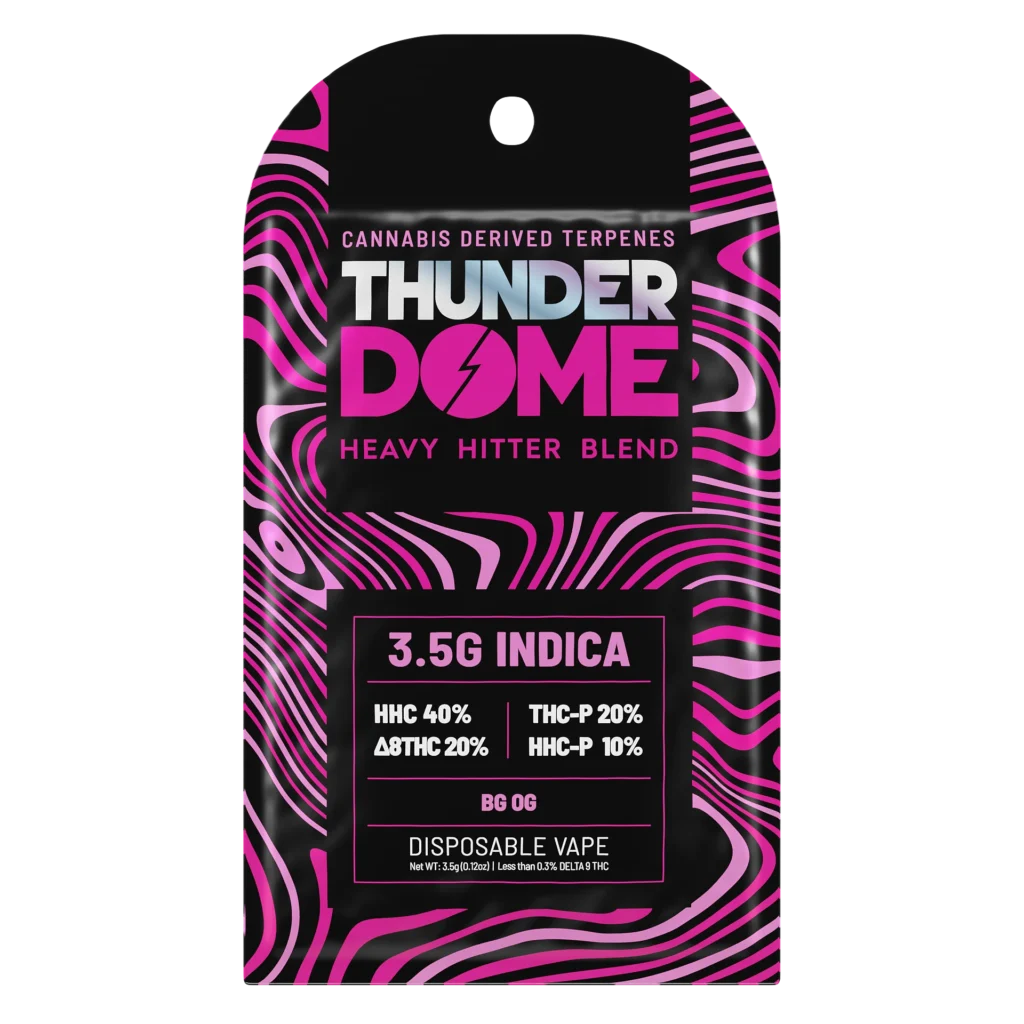

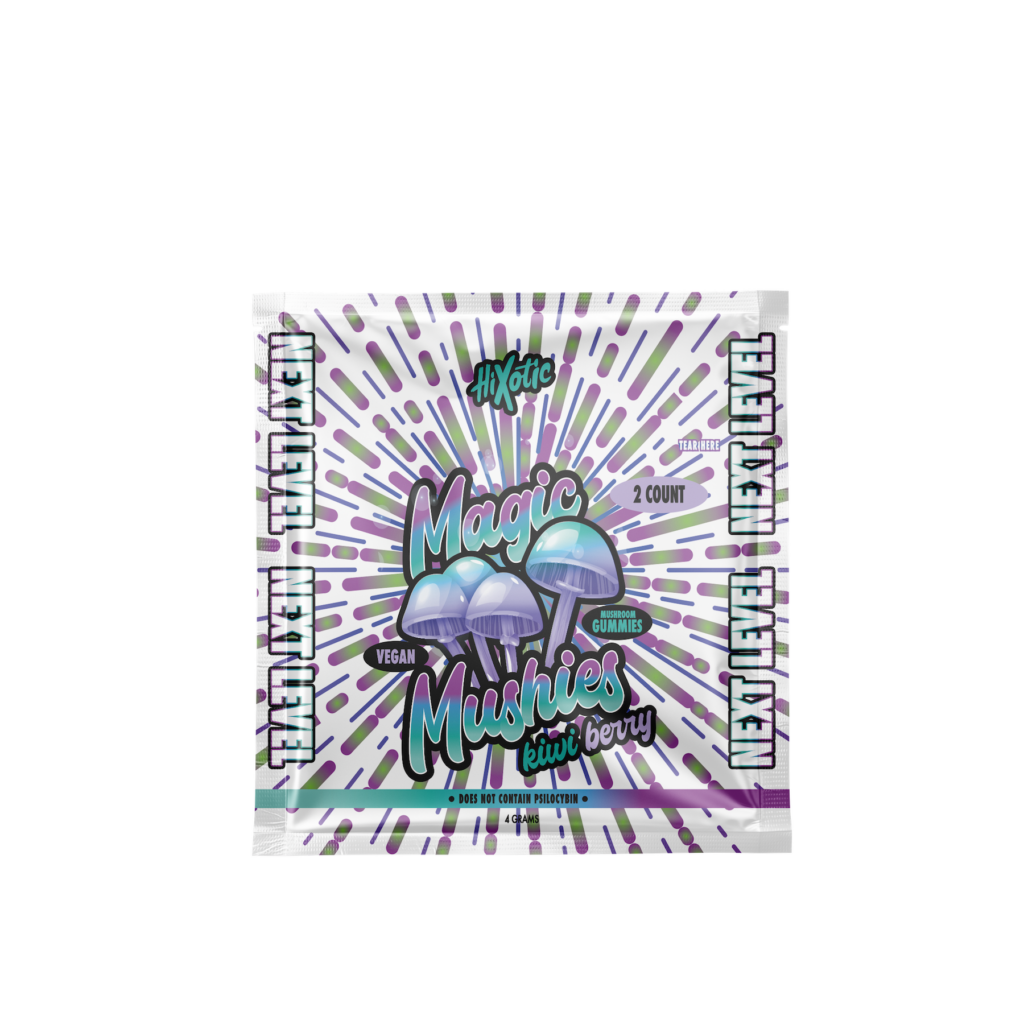
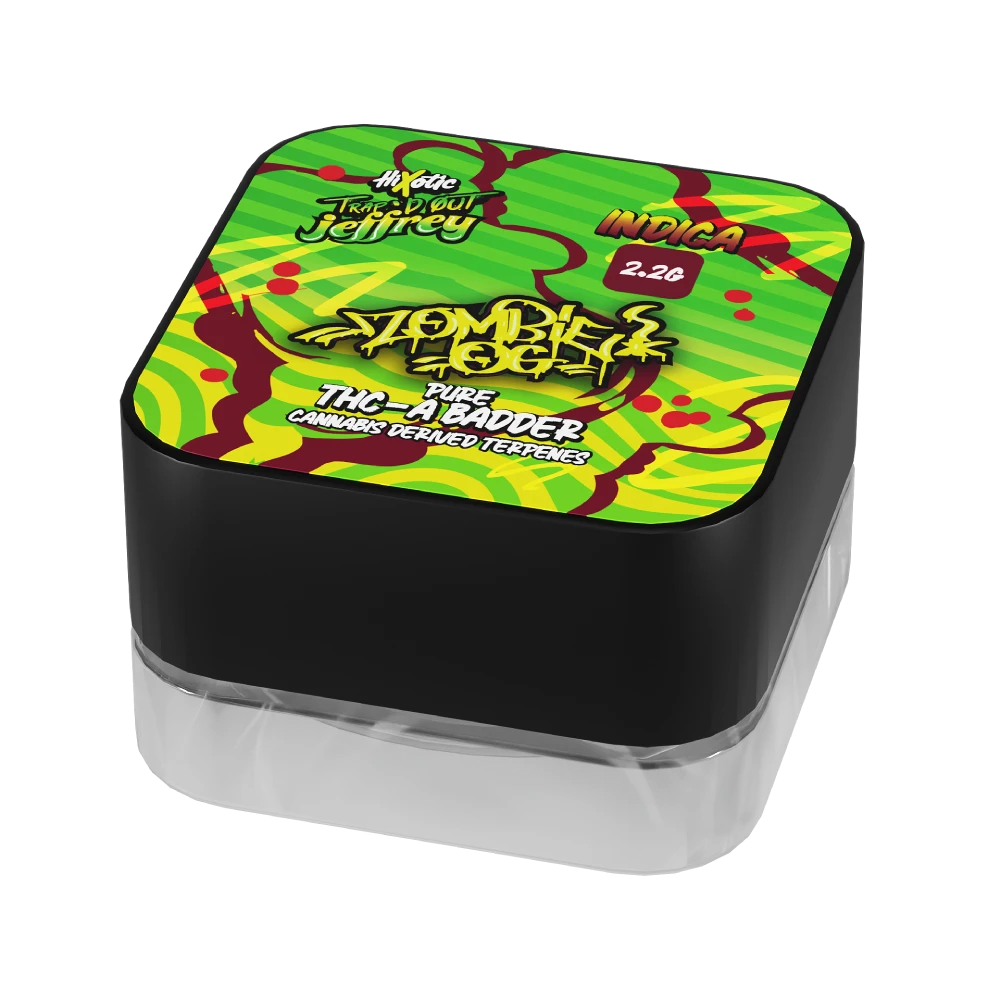
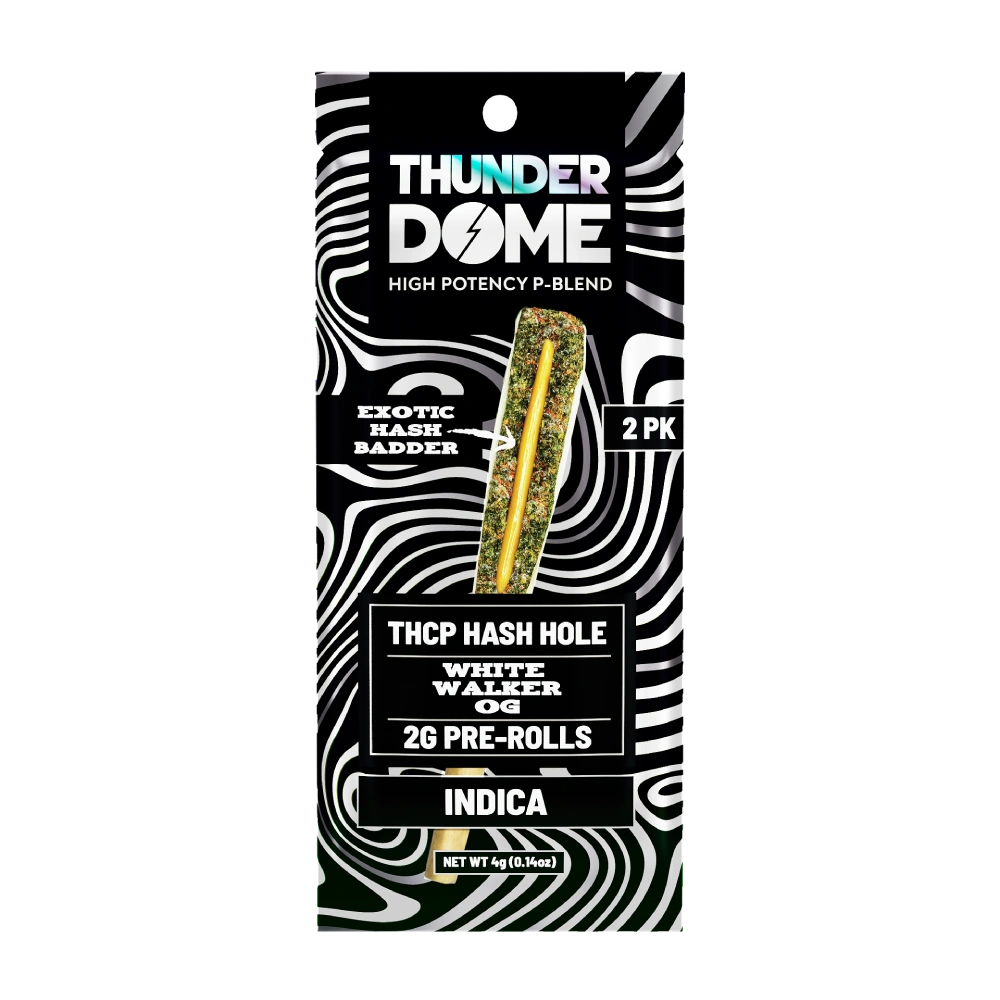


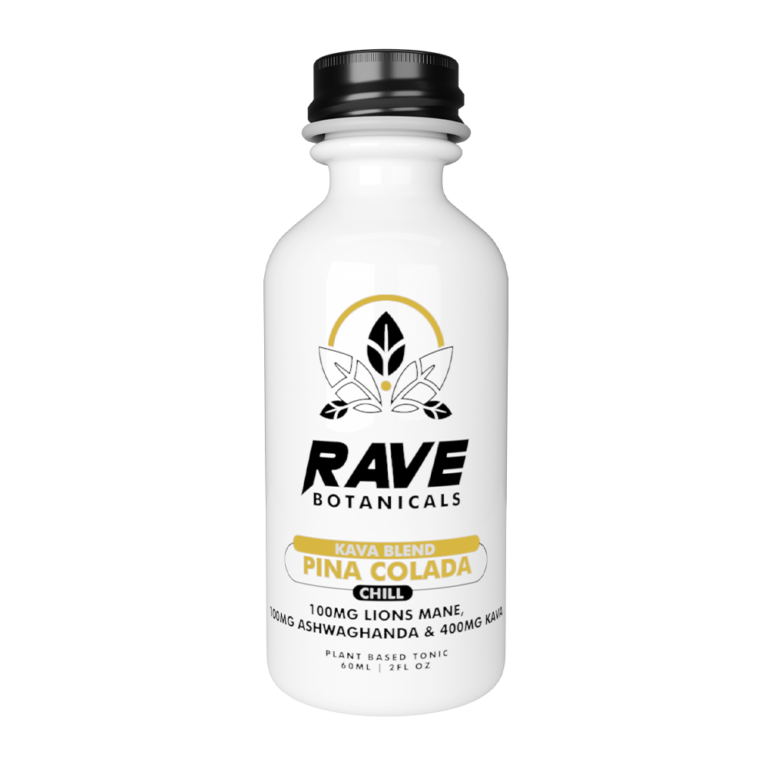

Mushrooms have taken the health and wellness scene by storm. From functional mushrooms like Lion’s Mane and Reishi to psychedelic varieties making their way into therapeutic spaces, mushrooms are no longer just for stir-fries and pizza toppings. However, the rise of mushroom products also brings the need to understand their safety, potency, and quality through lab reports and Certificates of Analysis (COA). But let’s face it — reading a lab report can feel like decoding hieroglyphics! Fear not, we’re here to make this fun and engaging, so by the end, you’ll feel like a mushroom lab report-reading pro without needing a Ph.D. in biochemistry.
Before we jump into the nitty-gritty of COAs, let’s get clear on what we’re talking about. A lab report or COA (Certificate of Analysis) is essentially the backstage pass to your mushroom product. It’s a detailed summary of what’s inside the product, ensuring it meets quality and safety standards. Whether it’s a supplement, tincture, or edible, the lab report is a trusted way to verify that your mushrooms are as pure and potent as advertised.
Think of it like this: when you’re buying a concert ticket, you want to know the details. Who’s performing? Where’s the venue? The COA is like checking that the show is legit, so you’re not stuck in the nosebleed section wondering if you’re even in the right arena.
So, let’s break it down step by step to understand what all those numbers, acronyms, and technical terms actually mean.
The first thing you’ll often see on a mushroom product’s lab report is the potency section. This is the part where things get exciting because it tells you how much of the active compounds are present in the product. In other words, how “strong” are your mushrooms?
For functional mushrooms like Lion’s Mane or Cordyceps, this section will measure things like beta-glucans (the good stuff that gives mushrooms their immune-boosting and cognitive-enhancing benefits) and other active compounds such as triterpenes or polysaccharides. These are like the all-stars in a sports team—the heavy hitters that make your mushroom product shine.
When reading the potency section:
For psychedelic mushrooms, such as Psilocybe cubensis, potency refers to the levels of psilocybin and psilocin—the psychoactive compounds responsible for trippy effects. If you’re dabbling in the therapeutic side of magic mushrooms, the lab report helps you understand how strong the experience might be.
Here’s where we channel our inner Sherlock Holmes and check for any microbial contaminants. Mushrooms grow in the ground, which makes them particularly susceptible to things like bacteria, mold, and yeast. No one wants a side of mold with their mushroom smoothie.
Look for a section that tests for microbial contaminants, which might sound a little scary, but is essential for ensuring your product is clean and safe. You’ll want to make sure the product passes for:
Mushrooms are natural sponges, absorbing nutrients and minerals from the soil. But sometimes, they absorb things that aren’t so great, like heavy metals. Yep, we’re talking about lead, arsenic, cadmium, and mercury—the toxic stuff you definitely don’t want in your mushroom latte.
When looking at the heavy metals section of a COA, here’s what to keep in mind:
Think of it like checking the ingredients of a recipe — you want the nutrients without the toxic extras.
If your mushroom product was grown on a farm, there’s a chance pesticides were used to keep bugs at bay. While that may sound fine, you don’t want pesticide residue making its way into your body.
On the COA, the pesticides section will list any that were detected in the product. Ideally, this section should show non-detectable levels or be within the safe limits set by health organizations. Organic or sustainably sourced mushroom products often boast pesticide-free growing methods, so if you’re going for purity, this is the section to pay attention to.
Mushrooms may be fungi, but even they can fall prey to certain toxins created by molds called mycotoxins. These bad boys can sneak into your mushrooms if they aren’t stored properly or are exposed to certain conditions during growth.
You don’t want mycotoxins in your mushrooms because they can cause a range of health issues if consumed in large amounts over time. The COA will show if there are any detectable levels of mycotoxins. The goal here is to see a big, fat None Detected.
Some mushroom extracts are made using solvents like ethanol or butane to pull out the active compounds. This process is common for creating tinctures or extracts, but it’s important to ensure that no harmful solvents are left behind in the final product.
The COA will include a section for residual solvents, and you want to make sure these levels are either non-detectable or within safe limits set by the FDA or other regulatory bodies.
Look for solvents like:
Now that we’ve covered the different sections of the COA, you might be wondering how all this data is actually gathered. That’s where testing methods come into play.
Common testing methods include:
Don’t worry, you don’t need to be a chemist to understand the results, but it’s good to know that these tests are super accurate and reliable.
In a world where wellness products are everywhere, it’s easy to get swept up in the marketing hype. But the truth is, not all mushroom products are created equal. Checking the lab report or COA is your key to ensuring that what you’re buying is clean, safe, and effective. In fact, reading a mushroom product’s lab report and COA doesn’t have to be intimidating or dull.
You just have to remember, the COA isn’t just a bunch of random numbers — it’s your tool for confirming that the mushrooms in your product are free from harmful contaminants, packed with active compounds, and grown under safe conditions. It’s like a backstage pass to the concert of wellness — you get to see behind the curtain and know exactly what you’re putting into your body.
So, the next time you buy a mushroom supplement, tincture, or edible, take a moment to glance at the COA. You will feel empowered knowing that you’re making an informed choice, and even have peace of mind that your mushroom experience is rooted in quality, not guesswork. And now that you know the secrets behind the COA, you can enjoy your mushrooms with the knowledge that they’re just as fantastic behind the scenes as they are on stage.

Shrooms, magic mushrooms, psilocybin, whatever you call them—they’ve earned their spot as the cool, mystical fungi that can take you on a journey through vibrant

Mushrooms have taken the health and wellness scene by storm. From functional mushrooms like Lion’s Mane and Reishi to psychedelic varieties making their way into